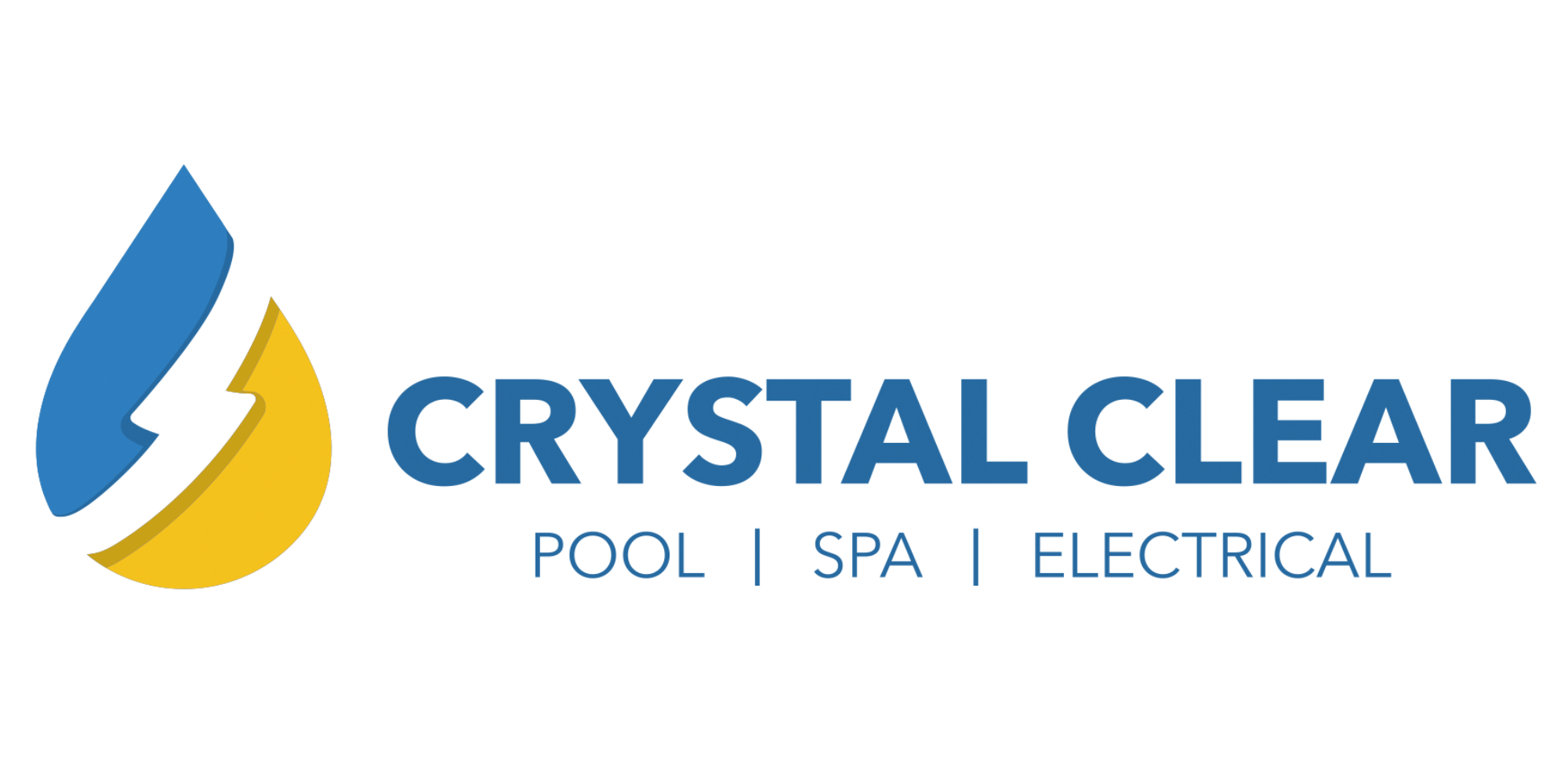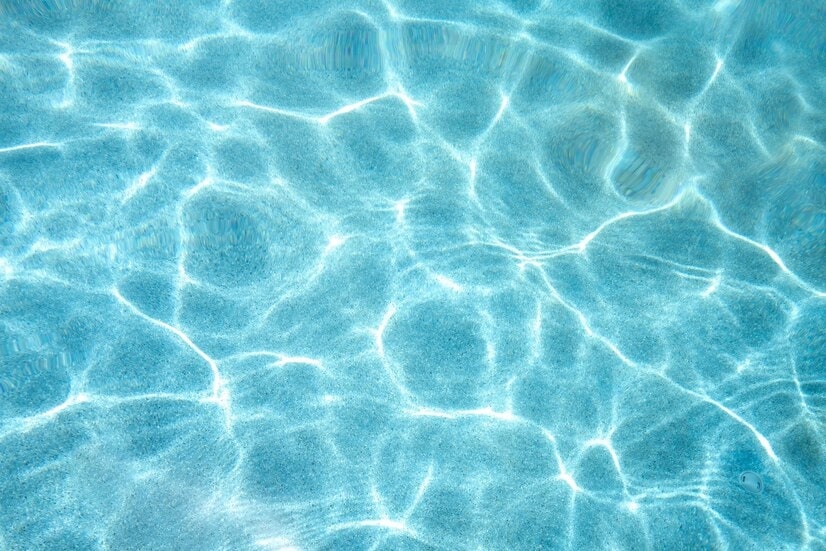If your pool water appears unusual, there may be a problem that needs to be addressed before you swim again. Cloudy water, discolouration, a buildup of debris and more are all troubling issues that NZ pool owners often face. So, how do you troubleshoot your pool problems?
Common Pool Issues And What To Do About Them
What’s wrong with your pool? Pool issues can be troublesome, but the fixes are usually straightforward.
Scale Buildup: Buildup On Your Pool’s Surface. Inspect the surfaces around and in your pool, including the area surrounding your pool, its walls, floor and equipment. Scale buildup appears as white or tan residue on pool surfaces and can make your pool water cloudy. If you’re looking for cloudy pool water fixes, the problem could be scale buildup getting into your water.
A buildup of calcium or other minerals causes this. Scale buildup happens when your water’s pH levels are too high or if your water’s hardness is too high.
What do you do? The scale buildup can be removed with cleaning products like pumice stones or brushes. Use appropriate cleaning tools and products for your pool type. To prevent scale buildup in the future, ensure you are properly balancing your pool chemicals. Test your water, rebalance it using your pool chemicals (add them gradually to avoid adding too much at once), and then retest to ensure the water is now balanced. It’s recommended that you test your pool water at least once a week.
Excess Debris: Dirt, Leaves, Twigs And More In Your Water. You want your water to be clear and inviting, not filled with unwanted particles. Look into your water and see if you notice a high level of leaves, twigs, and other debris. Some particles are expected, but too many could be a sign that something is wrong.
Excessive debris could be caused by overhanging branches over your pool or a malfunctioning filter.
Prevent more debris from getting into your pool by trimming overhanging branches. You’ll also want to ensure that none of your pool guests bring in unwanted objects or create a mess.
Check your filter for clogs and clean or backwash it if needed. Perform this task regularly as part of your pool maintenance routine. Skim your pool to remove particles. Consider investing in a helpful robotic cleaner that can keep your pool clean for you.
Algae Growth: Green, Discoloured Water. Strange water discolouration or cloudy water can be seriously concerning. Discoloured water could be caused by algae growth, which is a relatively common issue. Green algae are the most prevalent kind of pool algae, but algae can also be yellow, black and other colours.
What causes algae growth in pools? Algae blooms typically occur when sanitiser levels are insufficient and the pool water lacks chlorine. Essentially, your pool water has become an ideal environment for algae blooms because it isn’t correctly balanced.
How do you prevent algae in pools? Fortunately, there are numerous helpful products available to address and prevent this issue. Use pool shock products or algaecide. Remember to read through the instructions and only use an appropriate amount for your pool water.
Once the algae is dead, clean your pool to remove any remaining algae that may be stuck to your pool’s walls or floor. Let your pool filter take care of the algae.
After your pool is clean, you should wait at least 48 hours before swimming again. Test your water levels again and rebalance if needed. A simple answer to “How to prevent algae in pools?” is to keep your water balanced and appropriately chlorinated.
Too Much Chlorine: Uncomfortable Side Effects After Swimming. While too little chlorine can lead to a buildup of algae or cloudy water, too much chlorine is also a problem. If you go for a swim and then your eyes are burning, your skin feels irritated or you experience respiratory issues, you may have too much chlorine in your pool.
Test your water to determine how high your chlorine level is, and compare it to the desired range. You should also check pH levels, as excessively high or low pH levels can also cause problems.
If your chlorine level is too high, you can naturally lower it by leaving your pool cover off and running your pump, allowing the chlorine to dissipate naturally. Test your pool water again after a while and continue the process until the chlorine levels in your water are appropriate.
Troubleshooting Common Pool Problems With High-Quality Products, Services And Support
You can find reliable cleaning products, robotic cleaners, pool chemicals and more at Crystal Clear Pools. Visit our online store to see what we have.
Or, if you want some professional services, we also offer everything from pool and spa equipment installation and repair to pool and spa maintenance.
Reach out today on (09) 391 0002 or through our site.
Crystal Clear Pools: Clear up green water, cloudy water and other problems with our help.


